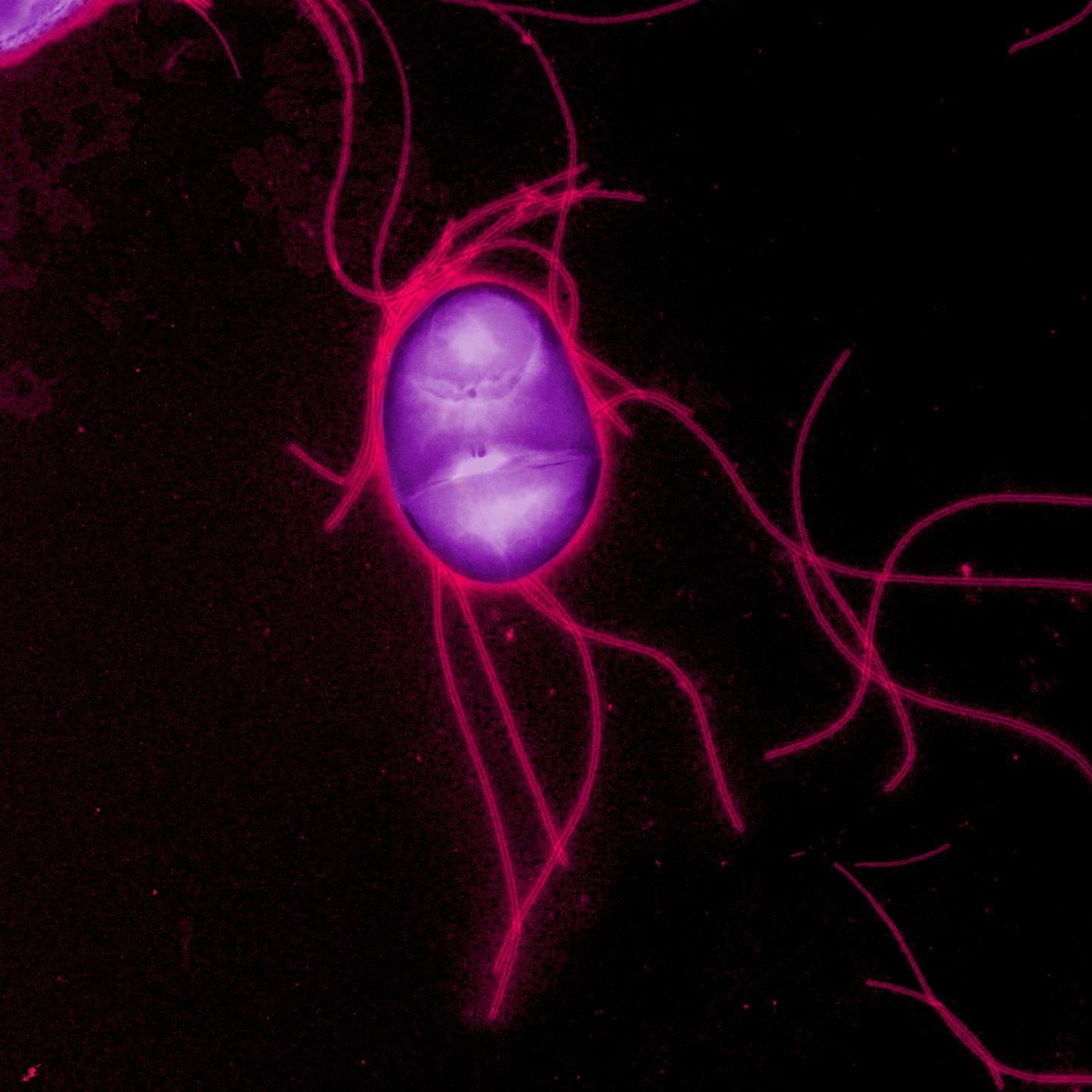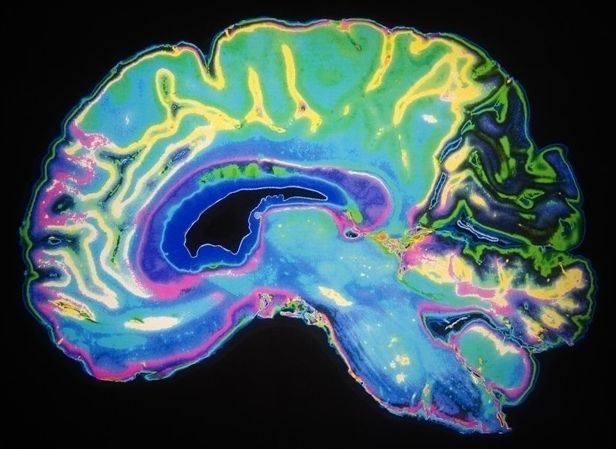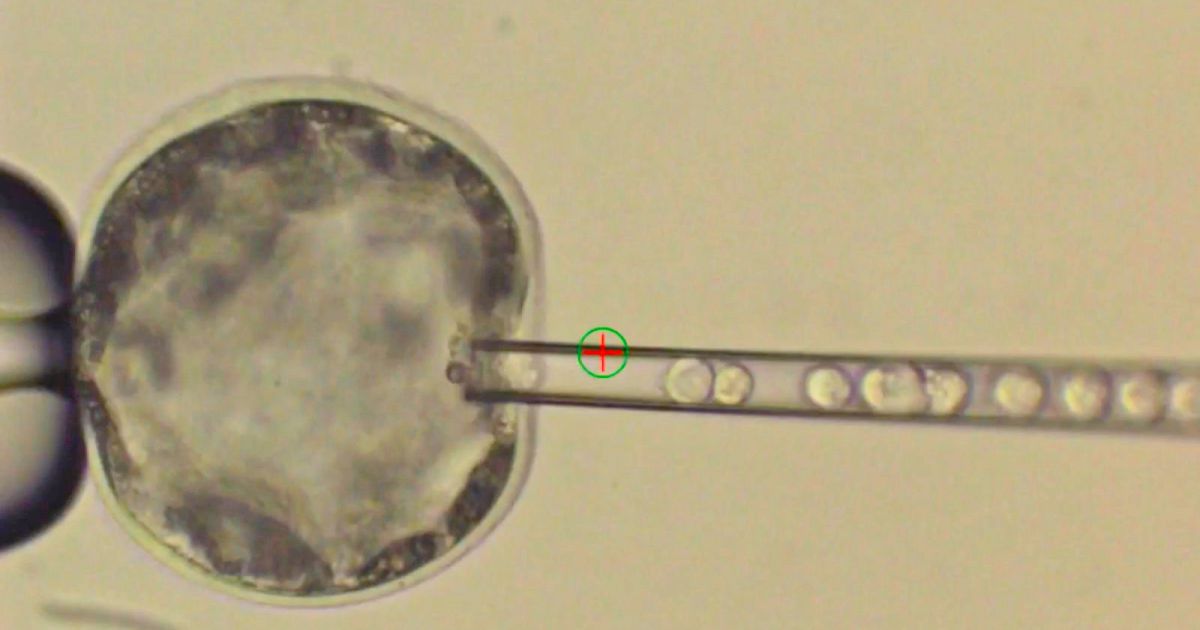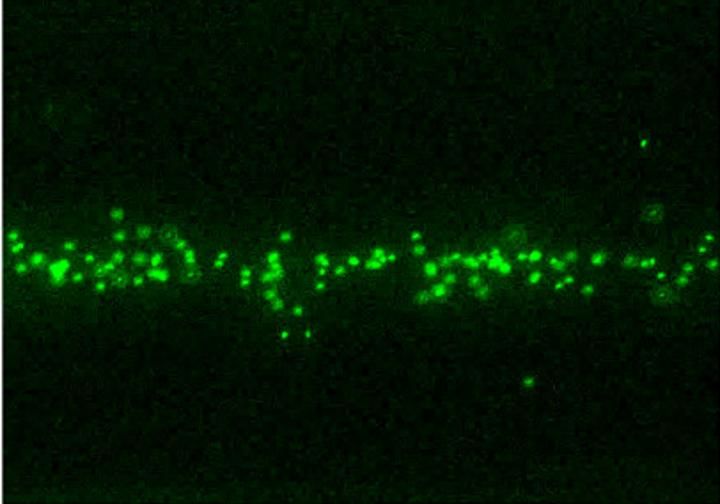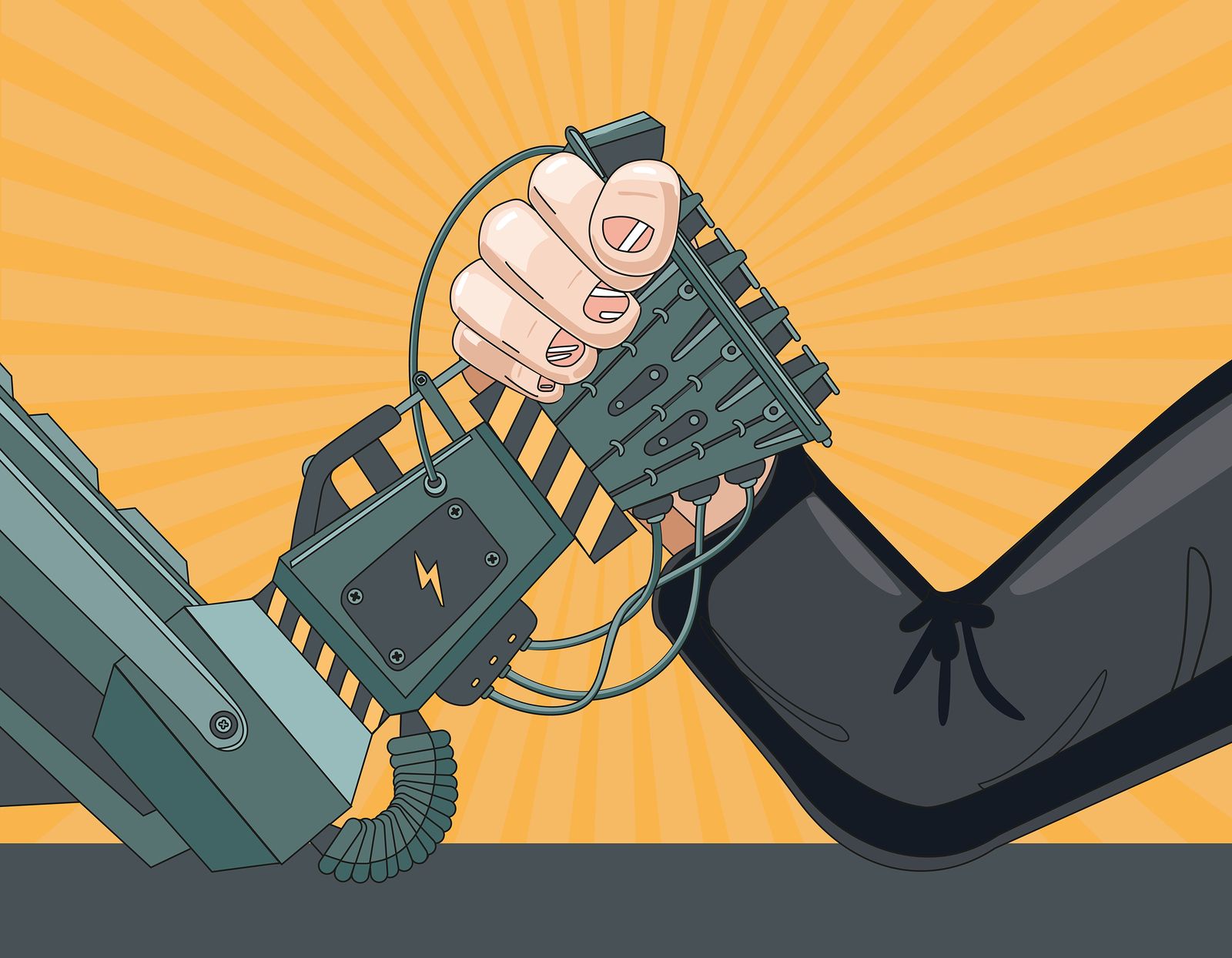Archive for the ‘biotech/medical’ category: Page 2560
Jan 27, 2017
Researchers uncover how brain circuit elicits hunger responses during starvation
Posted by Karen Hurst in categories: biotech/medical, nanotechnology, neuroscience
Could we eventually see a day where we have cell circuitry nanobot pill that eliminates hunger and obesity as replacement to gastric bypasses? Maybe.
The human body responds to starving conditions, such as famine, to promote the chance of survival. It reduces energy expenditure by stopping heat production and promotes feeding behavior. These “hunger responses” are activated by the feeling of hunger in the stomach and are controlled by neuropeptide Y (NPY) signals released by neurons in the hypothalamus. However, how NPY signaling in the hypothalamus elicits the hunger responses has remained unknown.
Sympathetic motor neurons in the medulla oblongata are responsible for heat production by brown adipose tissue (BAT). Researchers centered at Nagoya University have now tested whether the heat-producing neurons respond to the same hypothalamic NPY signals that control hunger responses. They injected NPY into the hypothalamus of rats and tested the effect on heat production. Under normal conditions, blocking inhibitory GABAergic receptors or stimulating excitatory glutamatergic receptors in the sympathetic motor neurons induced heat production in BAT. After NPY injection, stimulating glutamatergic receptors did not produce heat, but inhibiting GABAergic receptors did. The study was recently reported in Cell Metabolism.
Jan 27, 2017
Senolytics – Taking Out The Trash Might Keep You Fit And Healthy
Posted by Steve Hill in categories: biotech/medical, life extension
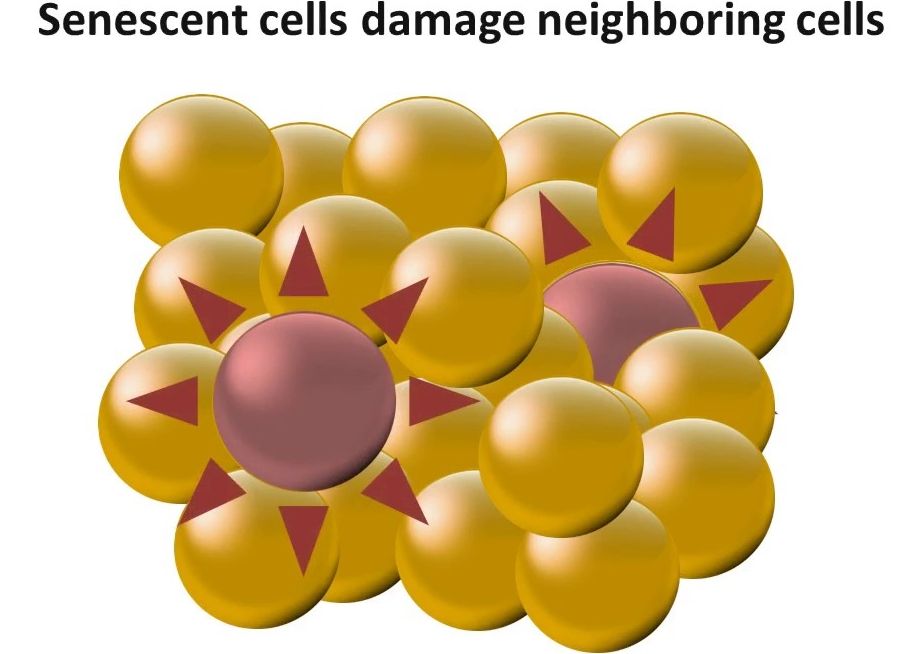
https://youtube.com/watch?v=6A1knkZiysQ
Clearing out senescent cells could lead to better fitness and health as we age.
From around age forty we start to lose muscle mass due to various aging processes, one of these processes is the accumulation of senescent cells. Senescent cells are simply cells that have become damaged or have reached their maximum number of divisions. Normally these cells are shut down by a kind of self destruct program inside the cell, ready to be disposed of by the immune system.
Continue reading “Senolytics – Taking Out The Trash Might Keep You Fit And Healthy” »
Jan 27, 2017
5 CRISPR-enabled Breakthroughs to Look for in 2017
Posted by Shane Hinshaw in categories: biotech/medical, innovation
What does the New Year have in store for #CRISPR? This blog presents 5 CRISPR-enabled breakthroughs to look for in 2017. (Partner content via Synthego)
Jan 27, 2017
These two women kept their hair through chemotherapy thanks to cold caps
Posted by Shane Hinshaw in category: biotech/medical
Jan 26, 2017
Researchers create first viable hybrid human-pig embryo
Posted by Bryan Gatton in categories: biotech/medical, innovation
Jan 26, 2017
Scientists are making genetically modified cyborg dragonflies
Posted by Bryan Gatton in categories: biotech/medical, cyborgs, drones, genetics, surveillance
Jan 26, 2017
First 3D observation of nanomachines working inside cells
Posted by Klaus Baldauf in categories: biotech/medical, nanotechnology
Today scientists at the Institute for Research in Biomedicine (IRB Barcelona) present a study in Cell (“The in vivo architecture of the exocyst provides structural basis for exocytosis”) where they have been able to observe protein nanomachines (also called protein complexes)—the structures responsible for performing cell functions—for the first time in living cells and in 3D. This work has been done in collaboration with researchers at the University of Geneva in Switzerland and the Centro Andaluz de Biología del Desarrollo in Seville.
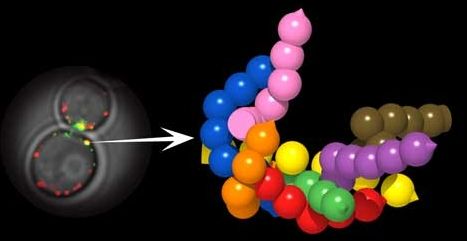
On the left, in vivo image of nanomachines using current microscopy techniques; on the right, the new method allows 3D observation of nanomachines in vivo and provides 25-fold improvement in precision (O. Gallego, IRB Barcelona)
Jan 26, 2017
Sound waves create whirlpools to round up tiny signs of disease
Posted by Karen Hurst in categories: biotech/medical, innovation
DURHAM, N.C. — Mechanical engineers at Duke University have demonstrated a tiny whirlpool that can concentrate nanoparticles using nothing but sound. The innovation could gather proteins and other biological structures from blood, urine or saliva samples for future diagnostic devices.
Early diagnosis is key to successfully treating many diseases, but spotting early indicators of a problem is often challenging. To pick out the first warning signs, physicians usually must concentrate scarce proteins, antibodies or other biomarkers from small samples of a patient’s body fluid to provide enough of a signal for detection.
While there are many ways to accomplish this today, most are expensive, time-consuming or too cumbersome to take to the field, and they might require trained experts. Duke engineers are moving to develop a new device that addresses these obstacles.
Jan 26, 2017
Neuroprosthetics: Brain Interface Applied in Neurology
Posted by Karen Hurst in categories: biotech/medical, cyborgs, engineering, neuroscience, robotics/AI
The brain is the fattiest organ in your body made up of 60% fat, the dry part that is. 75% of your brain is actually water which houses 100,000 miles of blood vessels that use up 20% of all your oxygen and blood. It’s an amazing piece of hardware. Of all the moonshot projects out there, the ones that relate to augmenting the brain are perhaps the most fascinating. Companies like Kernel have actually succeeded in writing long-term memories to a chip – well, at least 80% of them. When that number hits 100%, the sky is the limit to what we can do with the brain.
If you want a graphic image of what the future holds, imagine a robotic arm on top of your table (no wires) moving its fingers or trying to grab something powered only by someone’s thought. After all those Terminator movies, this could be a bit creepy. You may not get Terminator at your doorstep just yet, but someone with neuroprosthesis might just be ringing your doorbell a few years from now.
Neuroprosthetics or neuroprosthesis is a field of biomedical engineering and neuroscience concerned with the development of neural prostheses which are a series of devices that can substitute your brain’s motor, sensory or cognitive functionality that might have been damaged as a result of an injury or a disease.
Continue reading “Neuroprosthetics: Brain Interface Applied in Neurology” »
